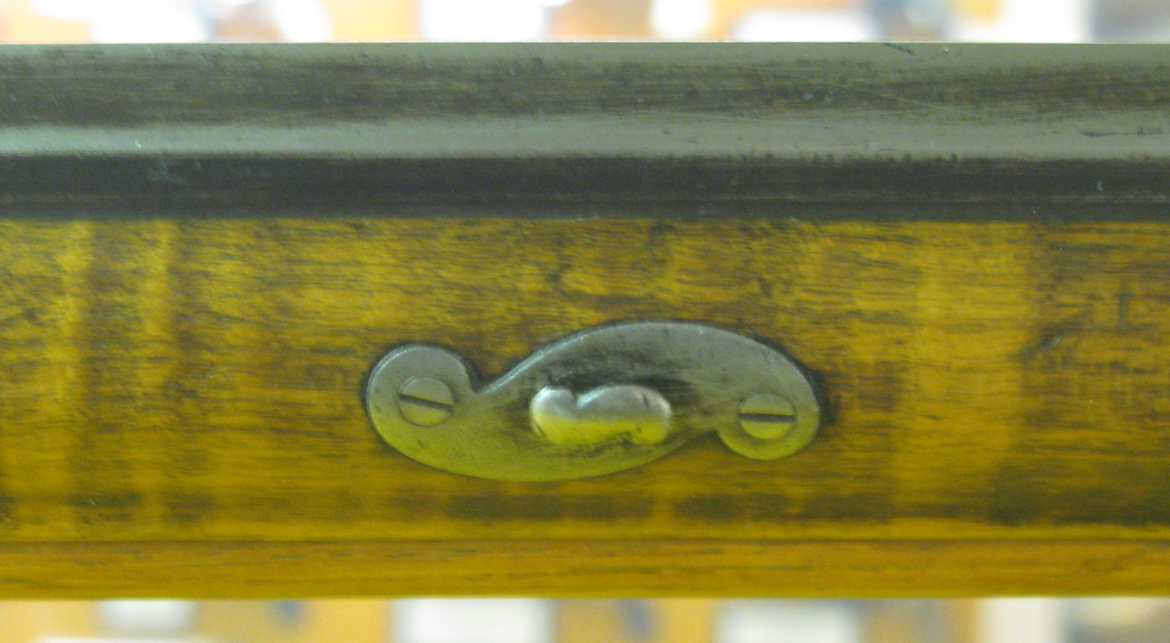- Joined
- Apr 15, 2016
- Messages
- 3,515
- Reaction score
- 3,799
I think I need a little more knowledge on these than I can come up with myself. :idunno:
The original Hawkens were full stocked,yes? Then came into half stocked some years later, the ones you see and love and are copied and imitated and Italian and.....not going to start that argument on here. Again.
So my question is....when they started with the original full stocks, and IF they used keys, not pins, did they use the oval escutcheons inlayed or just run the keys against the wood? Were those inlays only used on the later half stocks?
Any pics of old original full stocks would be of great help.
I'm setting myself up to tackle one this winter. Would like to keep it H.C. as best I can. Thank you in advance.
The original Hawkens were full stocked,yes? Then came into half stocked some years later, the ones you see and love and are copied and imitated and Italian and.....not going to start that argument on here. Again.
So my question is....when they started with the original full stocks, and IF they used keys, not pins, did they use the oval escutcheons inlayed or just run the keys against the wood? Were those inlays only used on the later half stocks?
Any pics of old original full stocks would be of great help.
I'm setting myself up to tackle one this winter. Would like to keep it H.C. as best I can. Thank you in advance.

















